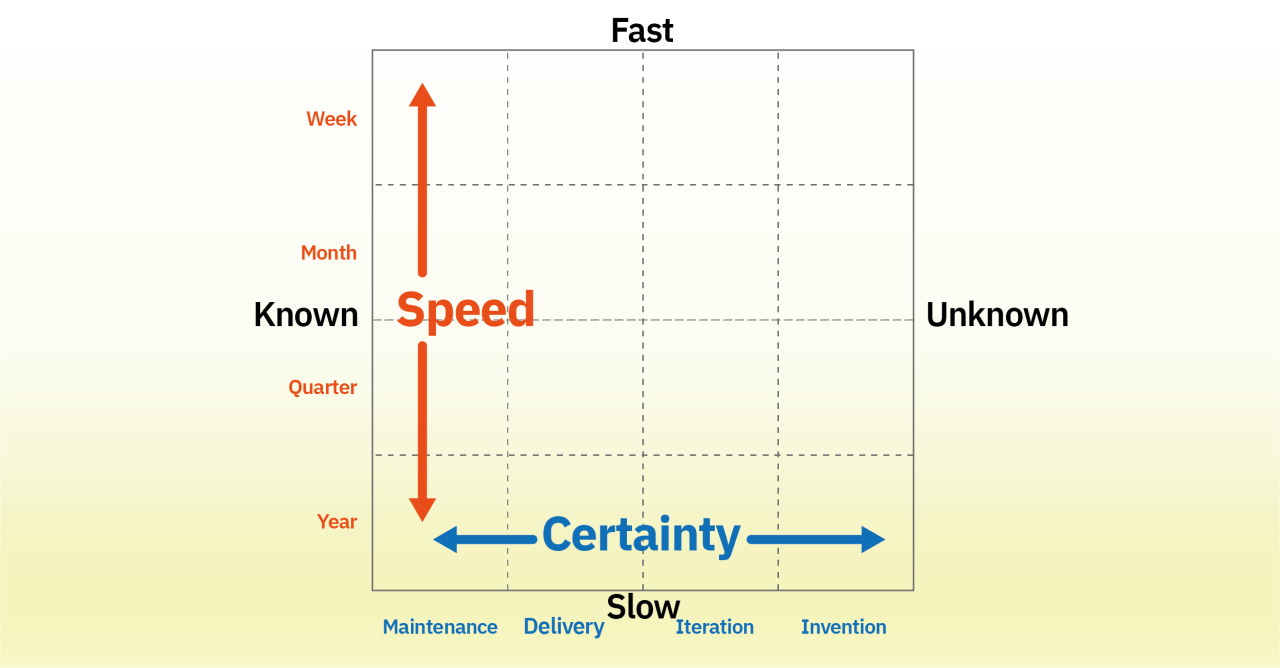- Digital Media Products, Strategy and Innovation by Kevin Anderson
- Posts
- Talent to reach young audiences is closer than you think
Talent to reach young audiences is closer than you think
Plus Lessons from a newsletter vet and fast and slow product development
The first piece today looks at how to reach young audiences, and there are some ideas in the piece that work across your media business. I think one of the most important messages is having KPIs and also making sure that any off-platform activity feeds into the business' larger goals.
The next piece has some excellent lessons from 35 years of newsletter publishing. CJ Chilvers says that he produced his first newsletter 35 years ago when he was 12, and that's just brilliant. As he says, it speaks to the durability of email newsletters. "Curation matters. There’s way too many creators and not enough editors. This scarcity creates value." That is the idea that underpins this newsletter. I am constantly scanning for things that make me a smarter person operating in media, and this newsletter is a way for me to share my attention. Much more below.
Max Gadney worked at the BBC News Website in London while I worked as a journalist for the site in Washington DC, and he has an excellent thoughtful post about fast and slow product development. The point that he makes about how challenging it is to prioritise product development when you have so much operational overhead and maintenance is important. And this is part of a broader issue. If there was one challenge that I had when I worked at Gannett, it was knowing what to let go so that we could actually go after new sources of editorial engagement and revenue.
The idea that young and diverse staff can help you reach young and diverse audiences is a pretty common approach. The one thing that I would add is that when recruiting young talent who are skilled and authentic on these platforms, I also look to hire folks who are strategic about how they use these platforms. How are they measuring success? Are they using A/B testing, even or especially if the tools don't natively support this kind of structured experimentation.
There are so many good, honest lessons in this list, but one that really hits home for me is this.
Perfection sucks and it’s boring.
I think that I need to put that on a post it and hang it over my desk. So many projects I haven't done are because I've been trying to achieve perfection. You don't get better without taking some risks. Put your best out there and then get up the next day and make it better.
Max Gadney worked for the BBC News Website when it first launched, and I remember him well when I joined the site eight months after launch. Max was one of the early wizards that made the site the amazing success that it was, and I was fortunate enough as a young journalist to work with such immensely talented people.
Max makes excellent points about speed and certainty and how they play a role in product management and product decisions.
Industry News: TikTok, Google and AI
The headline is a little more certain than the data. Yes, Google is less of a force for younger generations when it comes to finding news, but 14% of Gen Z using TikTok to find news is hardly the kind of sea change that the headline indicates.
Speaking of Google, the search giant is making a defensive move after legislators there passed an act to make it pay for news that it features.
WPP says that clients are asking it to provide new innovative solutions including ones that use AI. Desperation or a real opportunity?
Based on data from the 40 most popular apps, Mozilla researchers found “many significant discrepancies between the apps’ own privacy policies and the information provided on Google’s forms”.
Carlos Watson was just starting to seek more investment in Ozy, but the law has caught up to him before he was able to attract new investment in his media property. which imploded after it was revealed to have inflated its traffic numbers.
After a number of difficult quarters, Gannett (NewsQuest in the UK) looks to have turned a corner. The basis for its improved results seem twofold: increased digital subscription numbers and cost-cutting (the elimination of positions across its publications).







